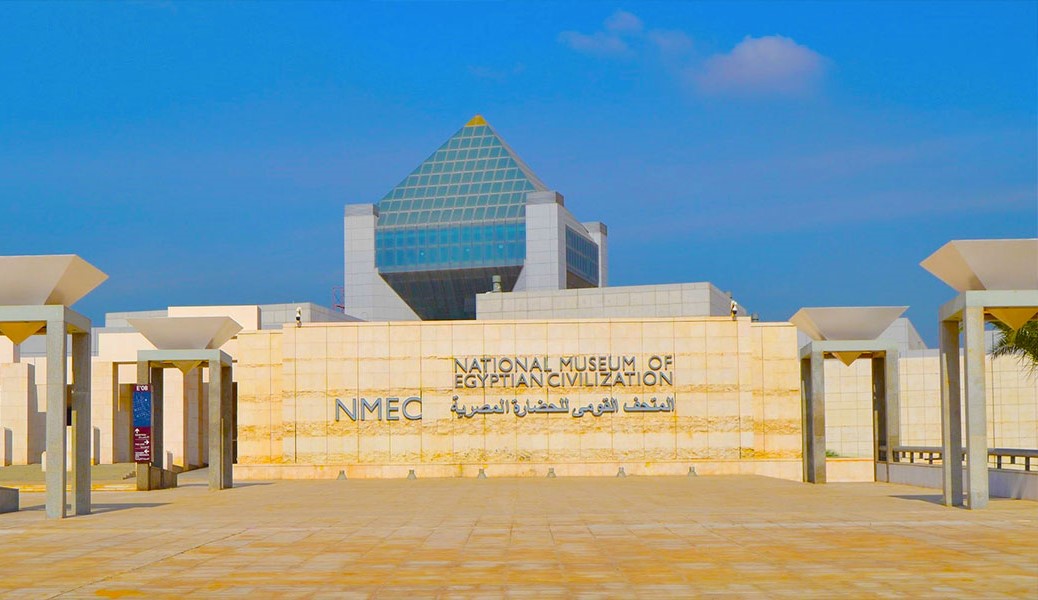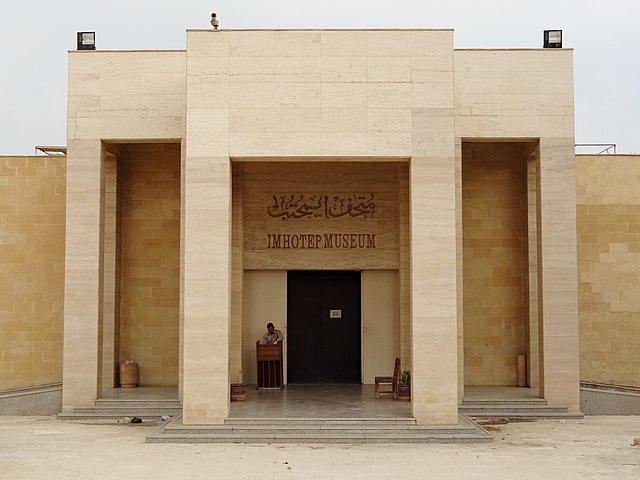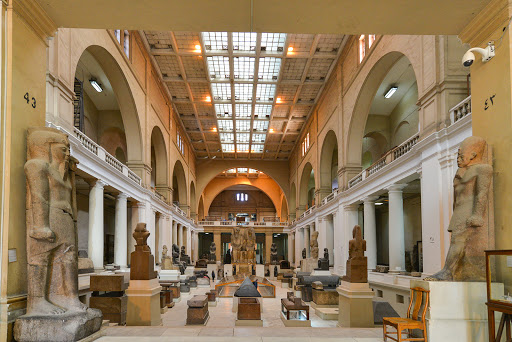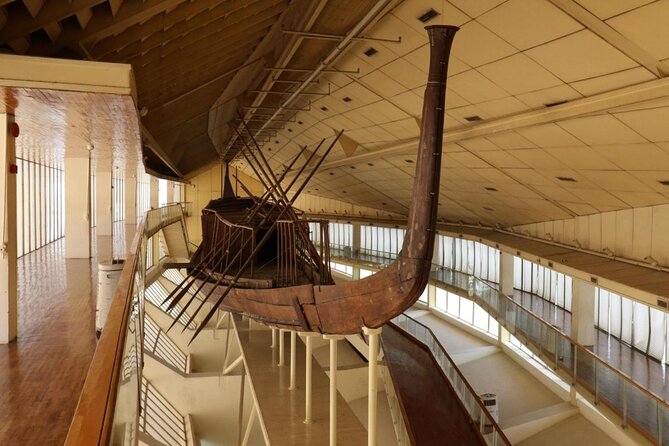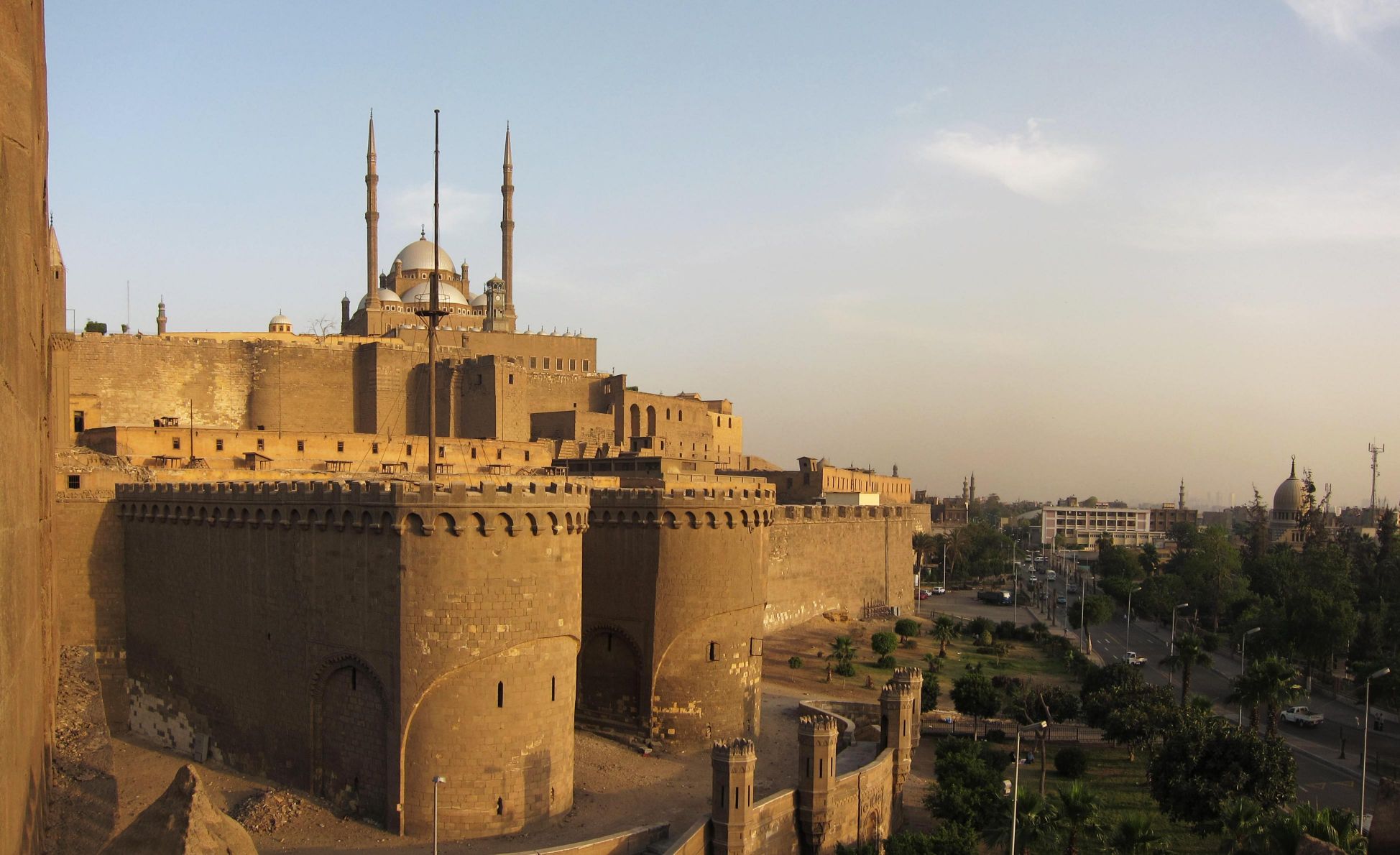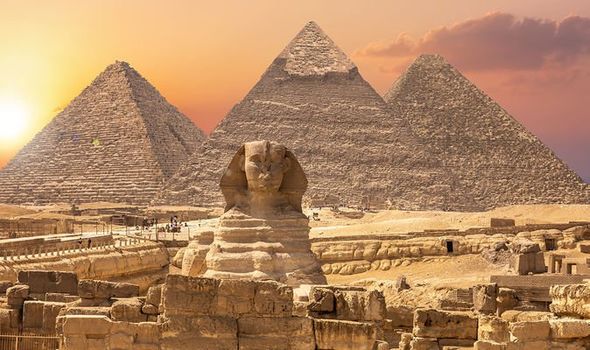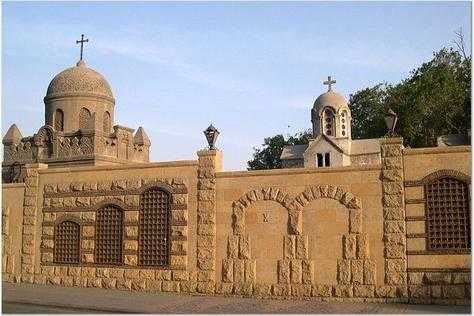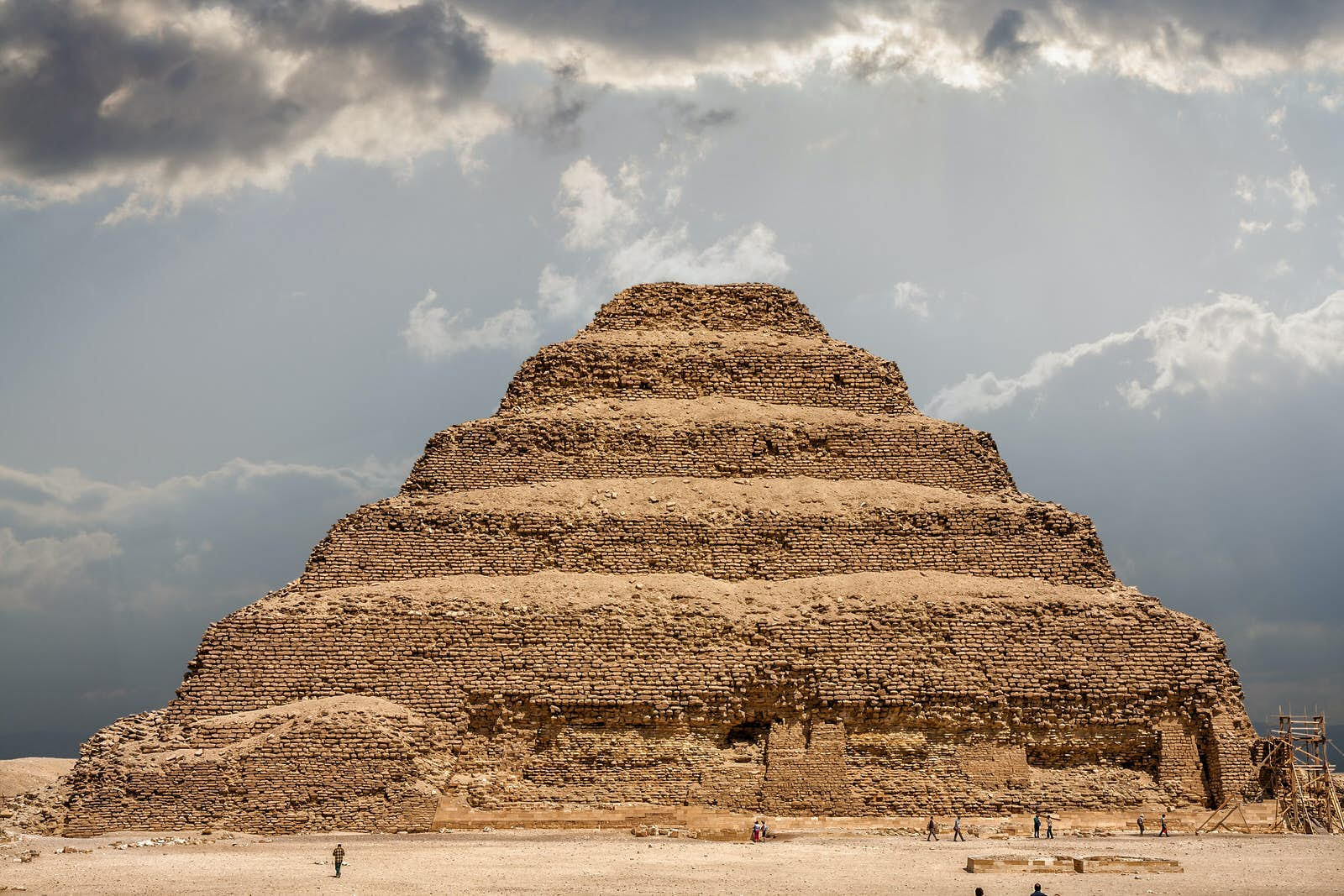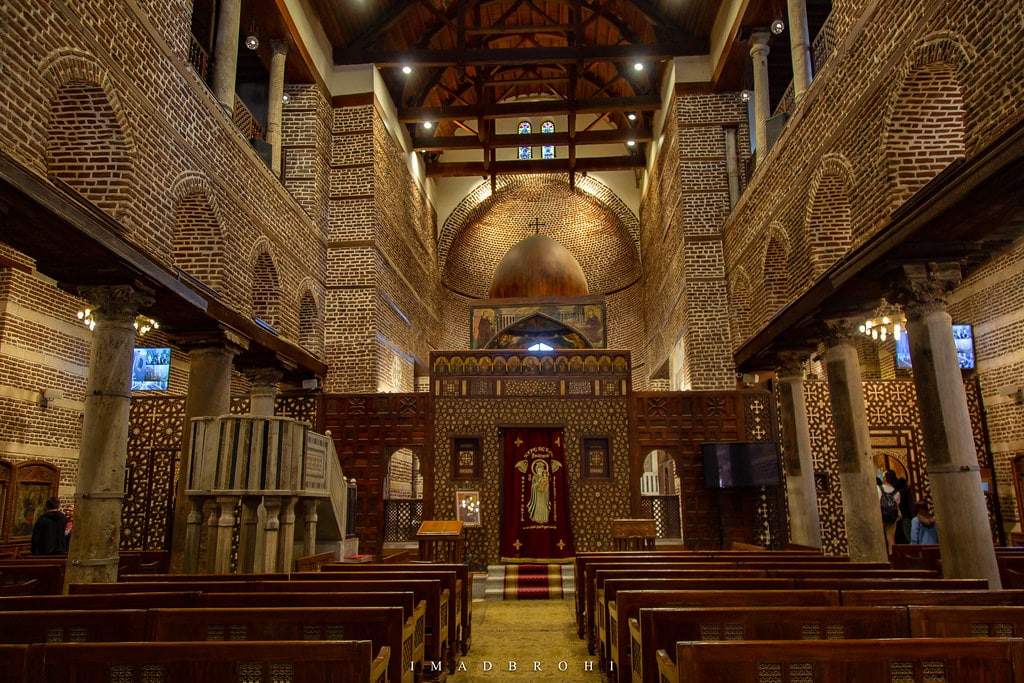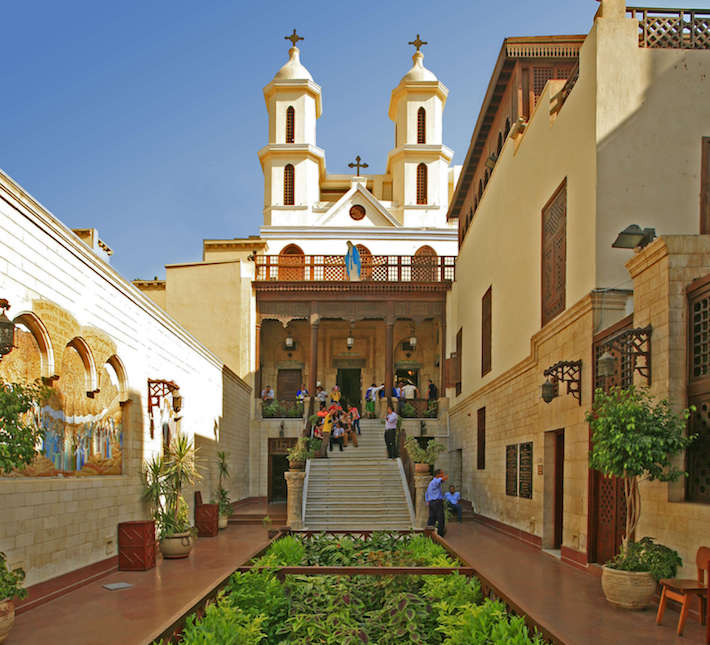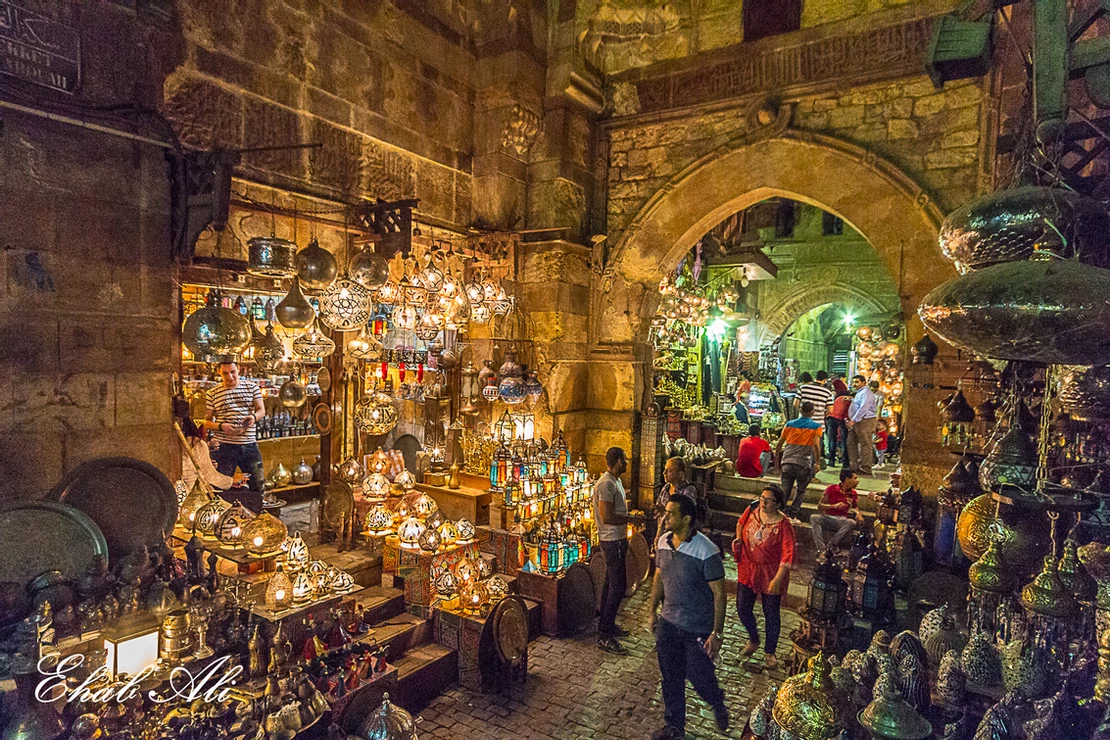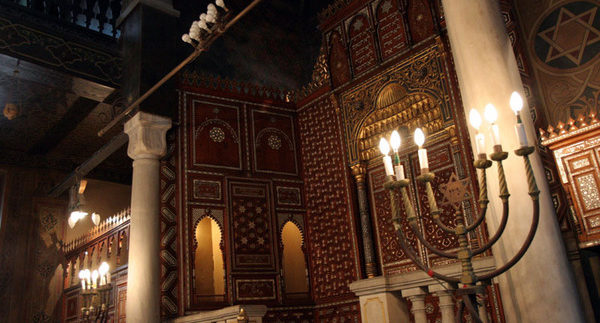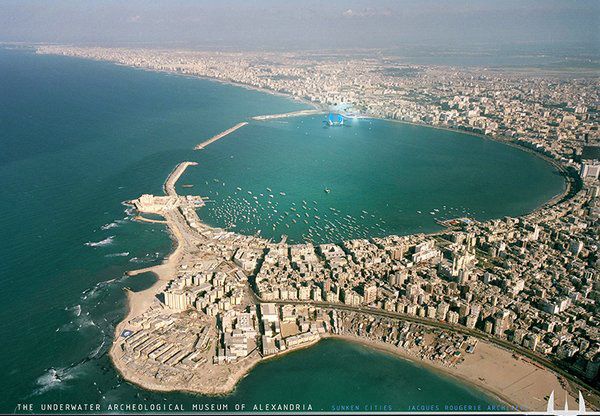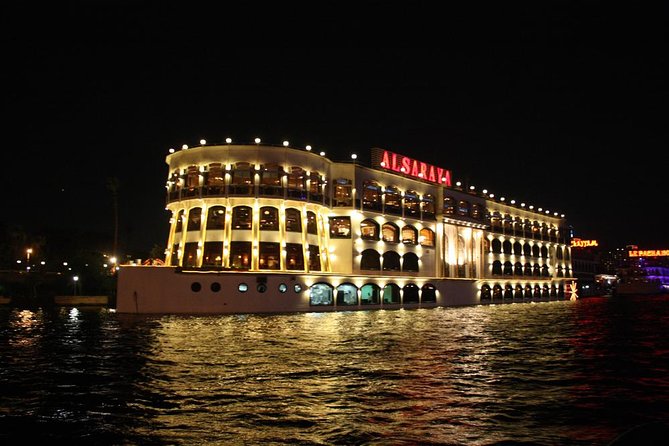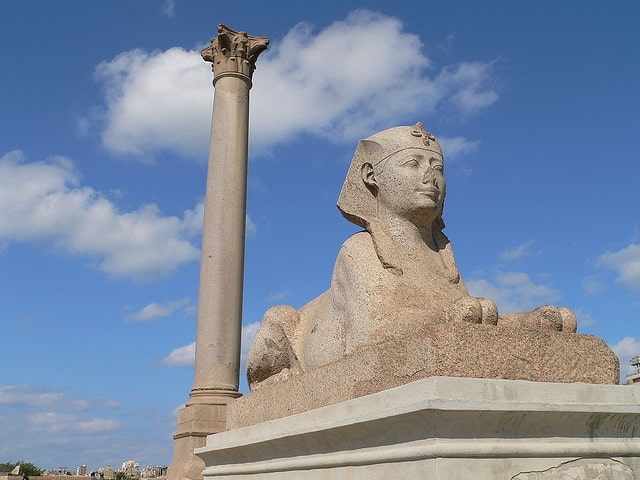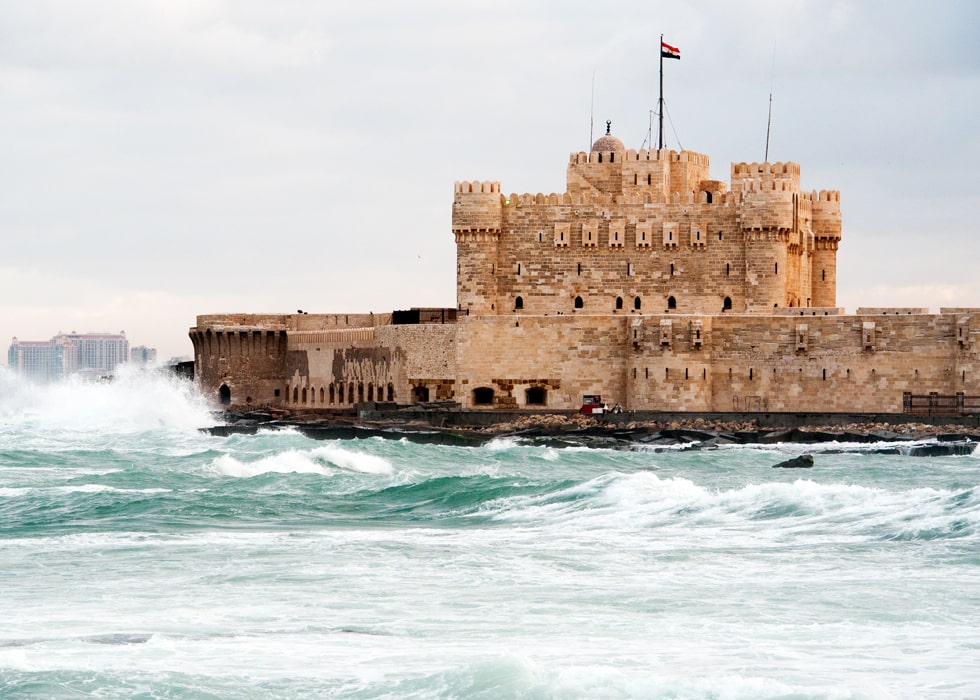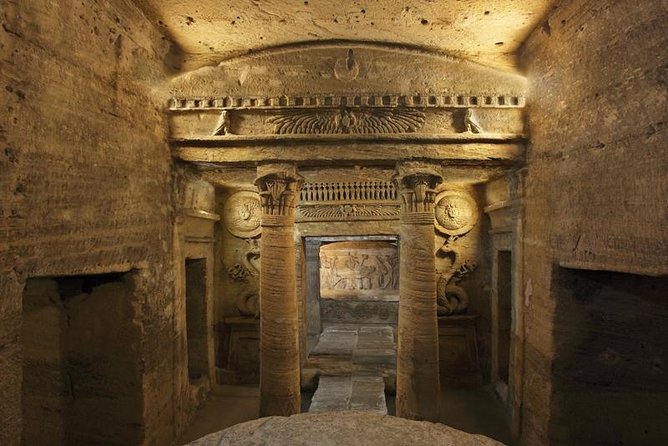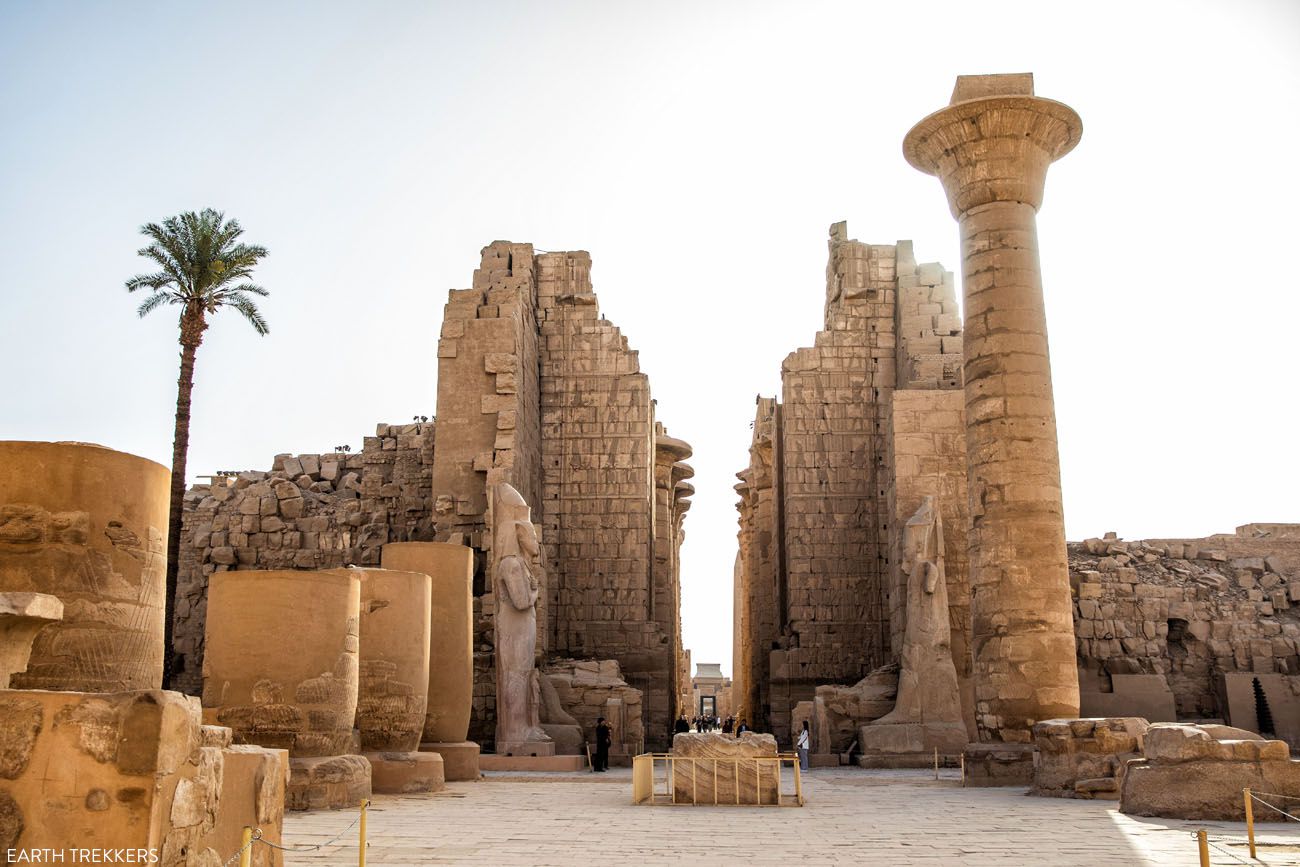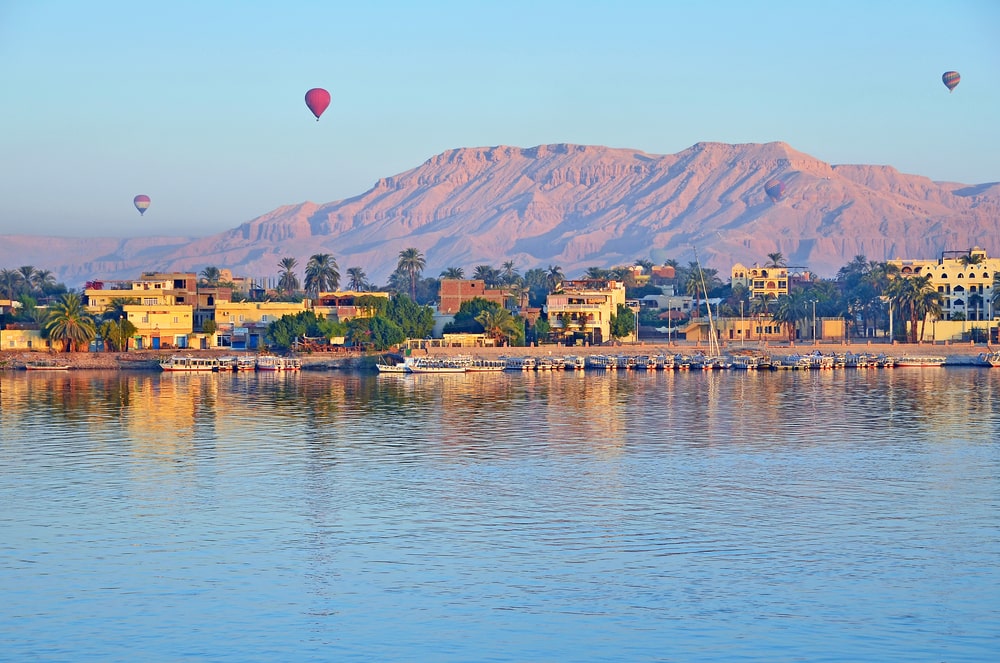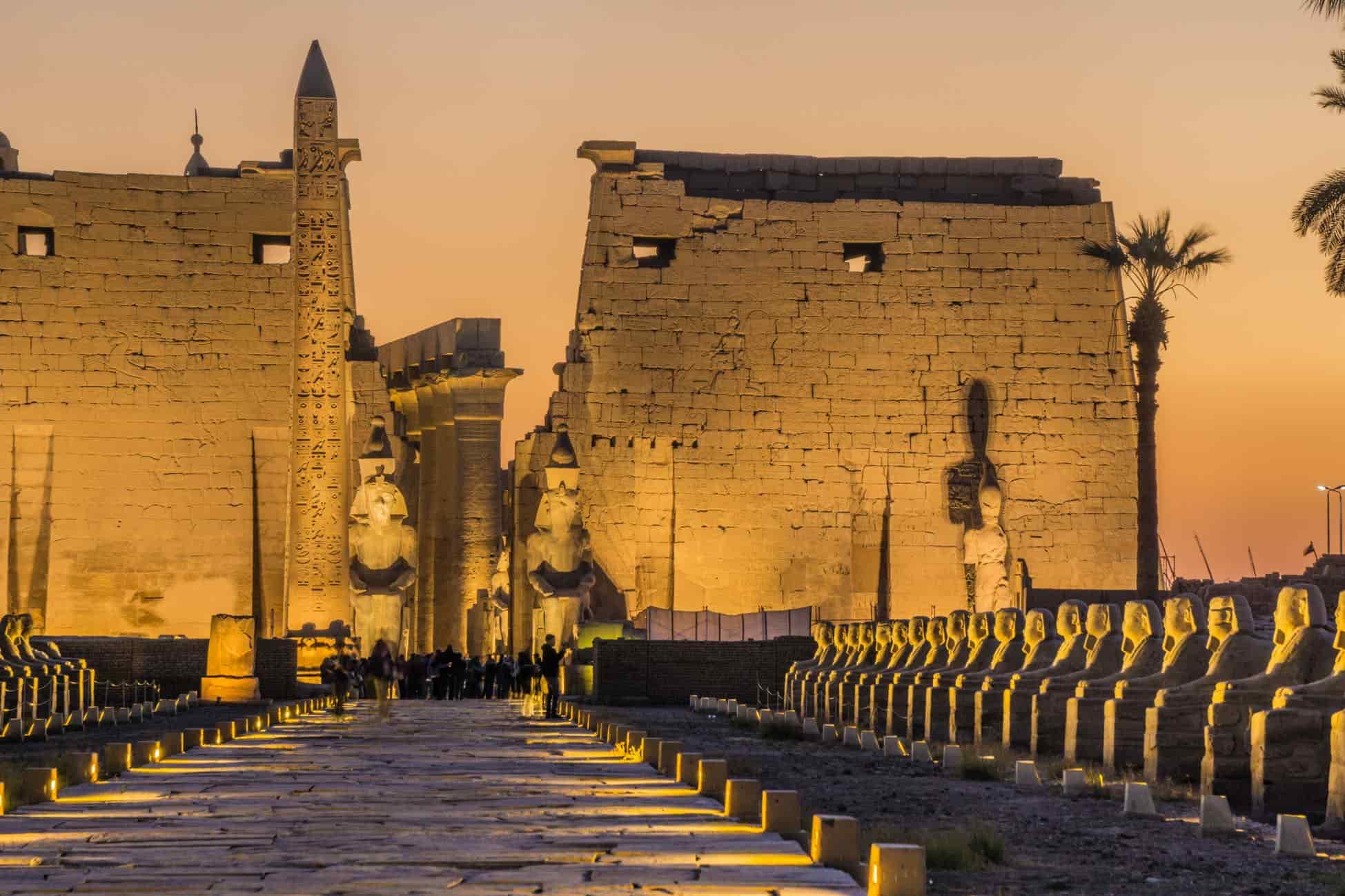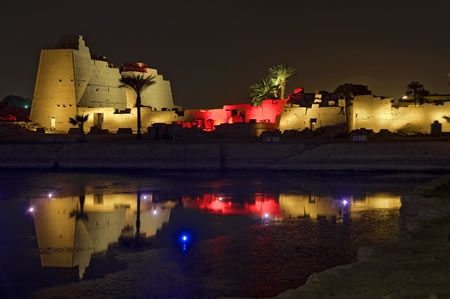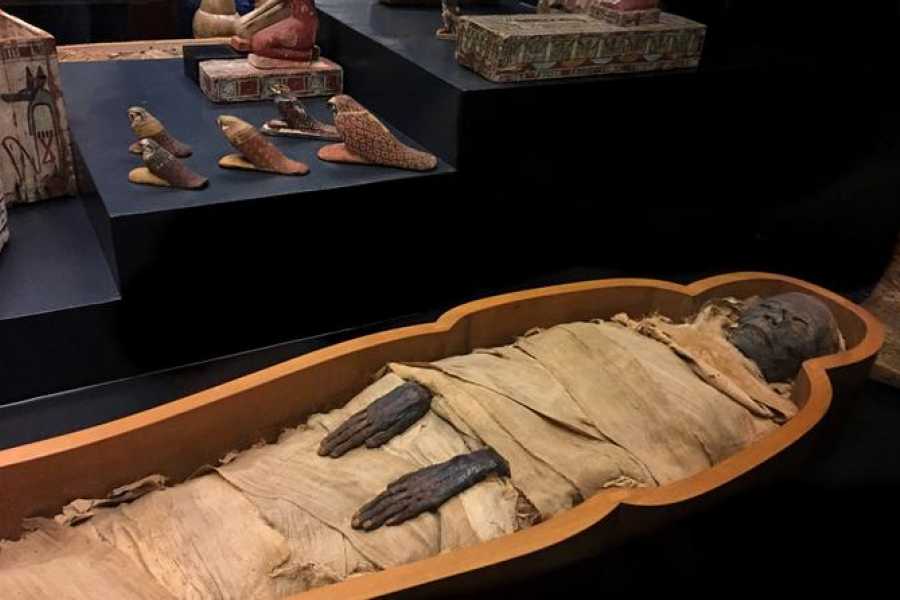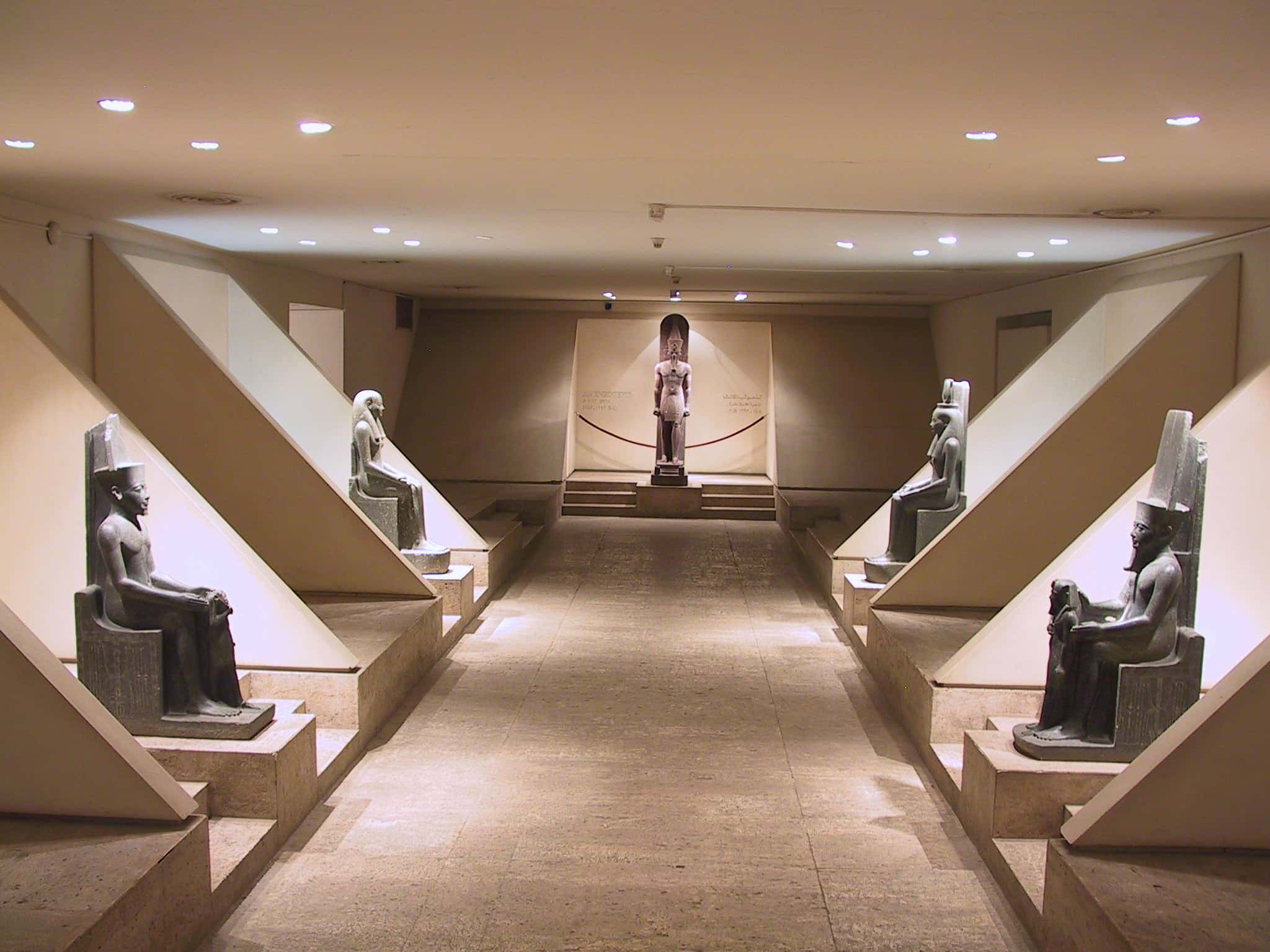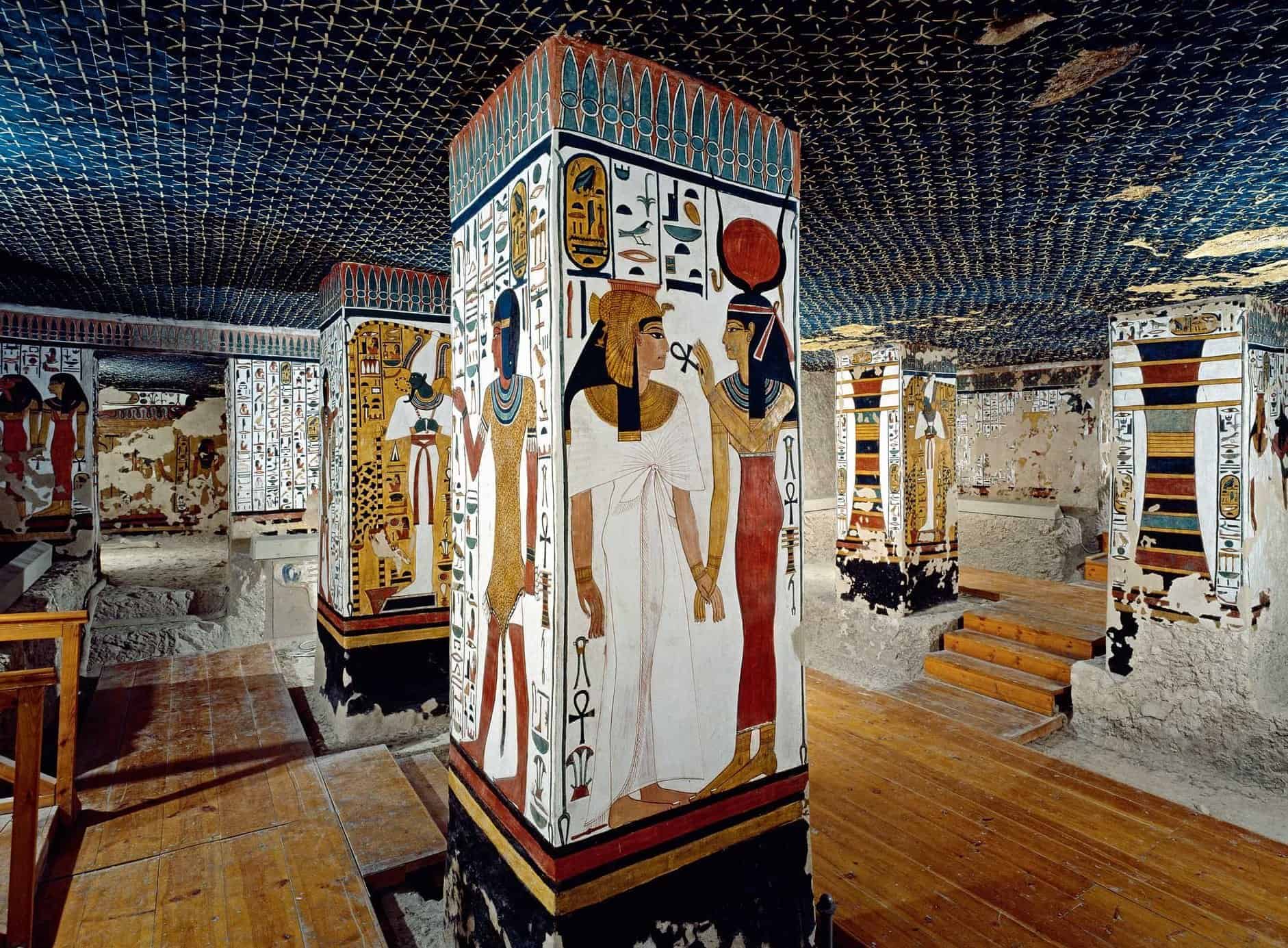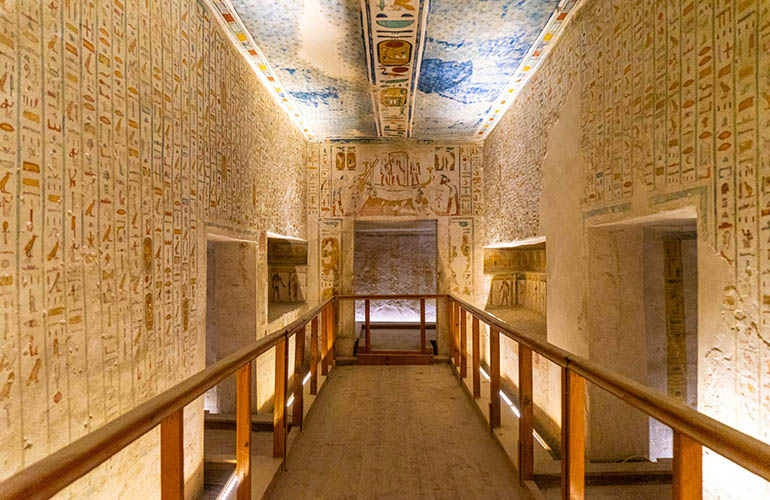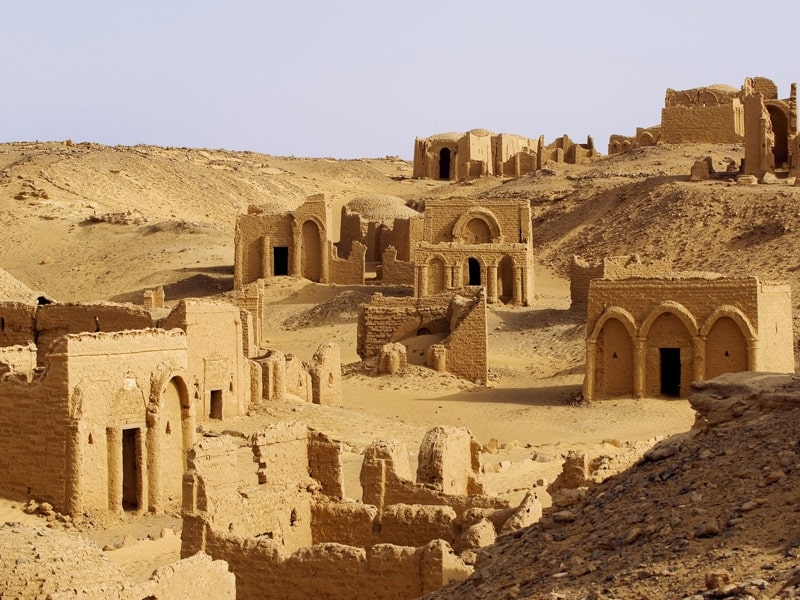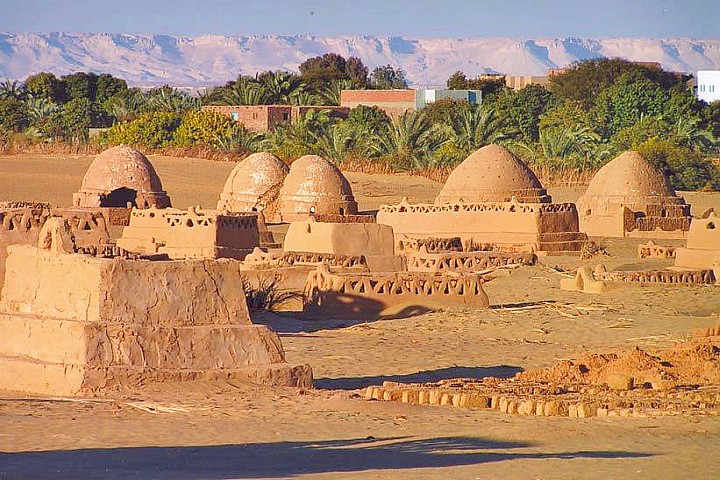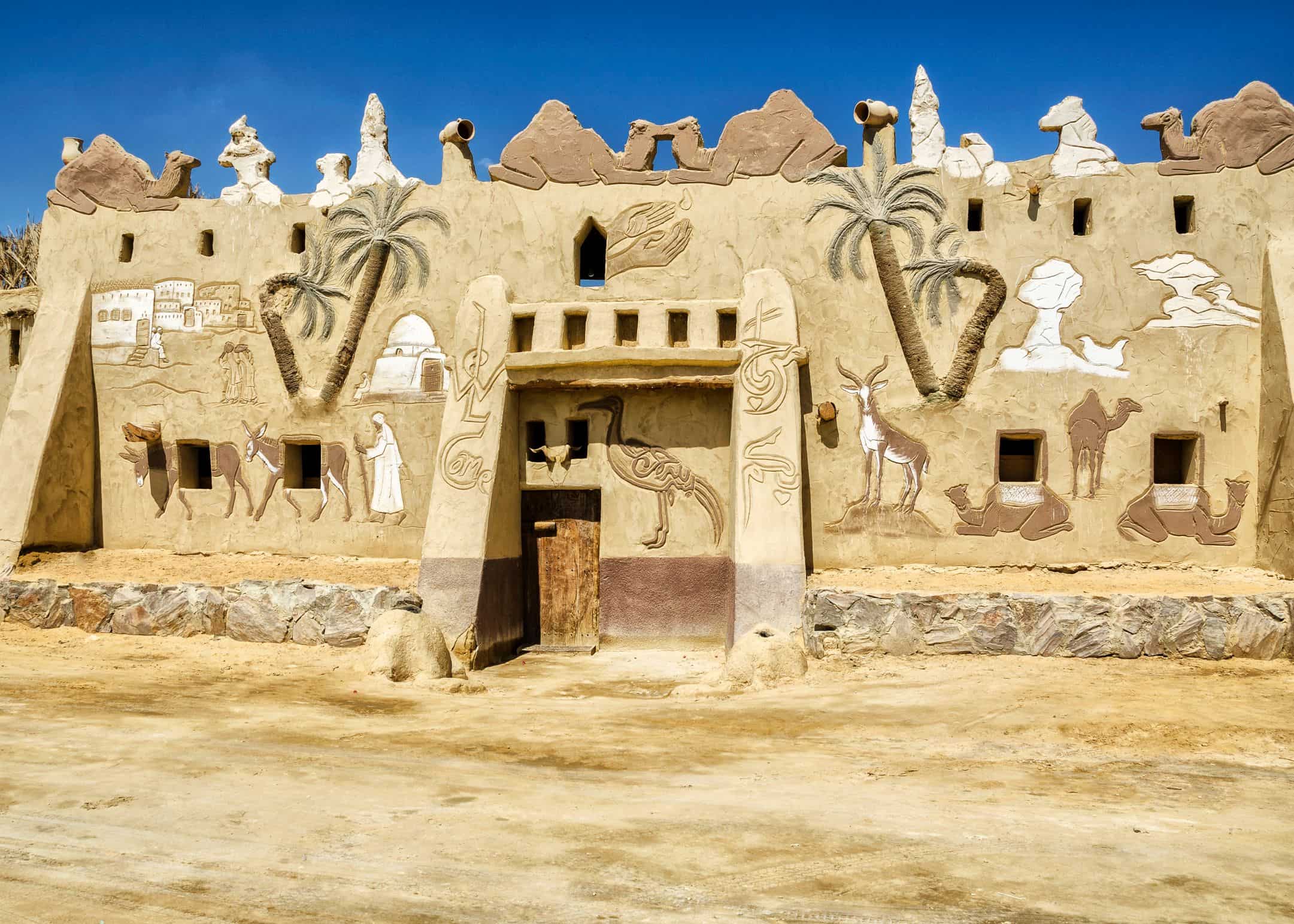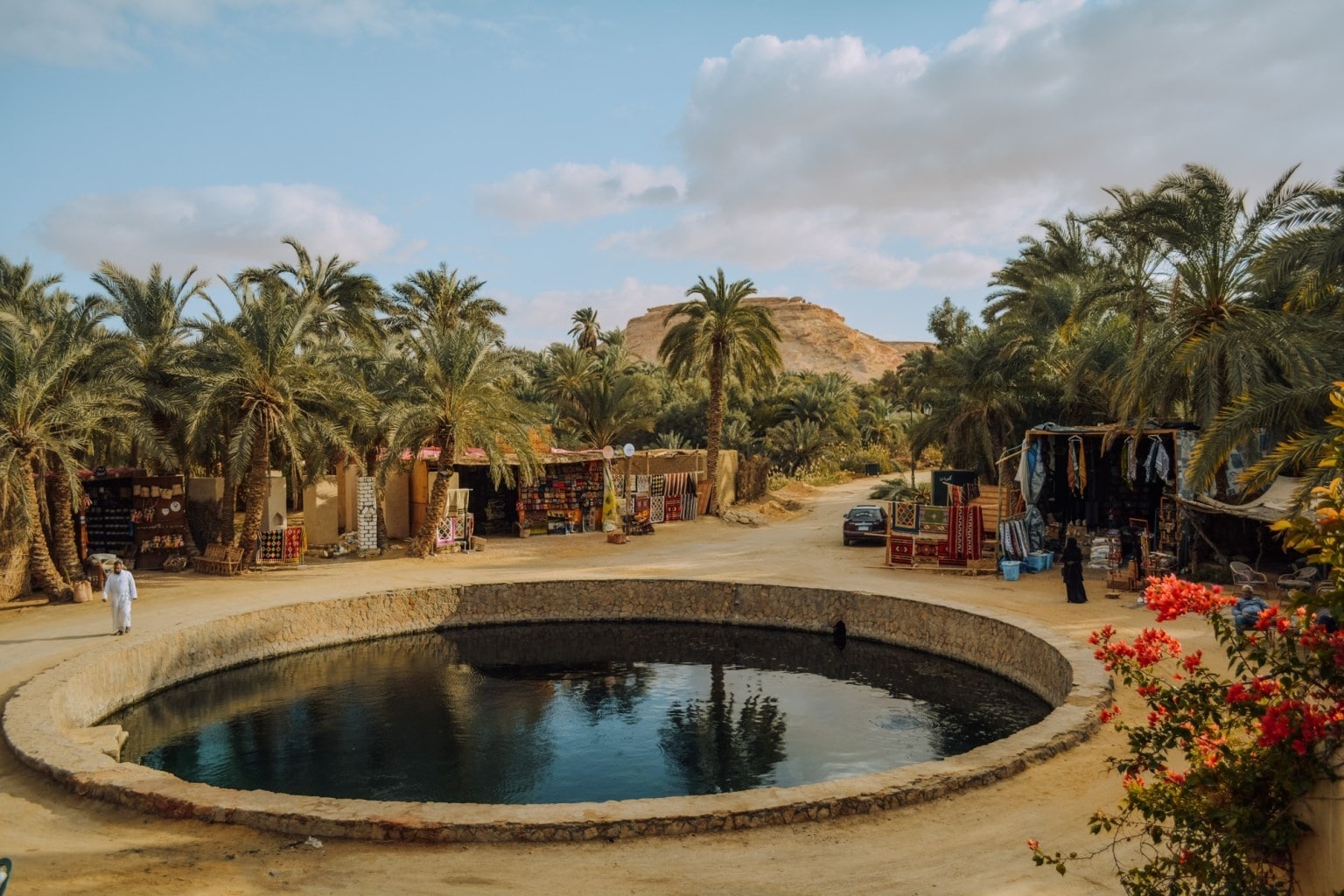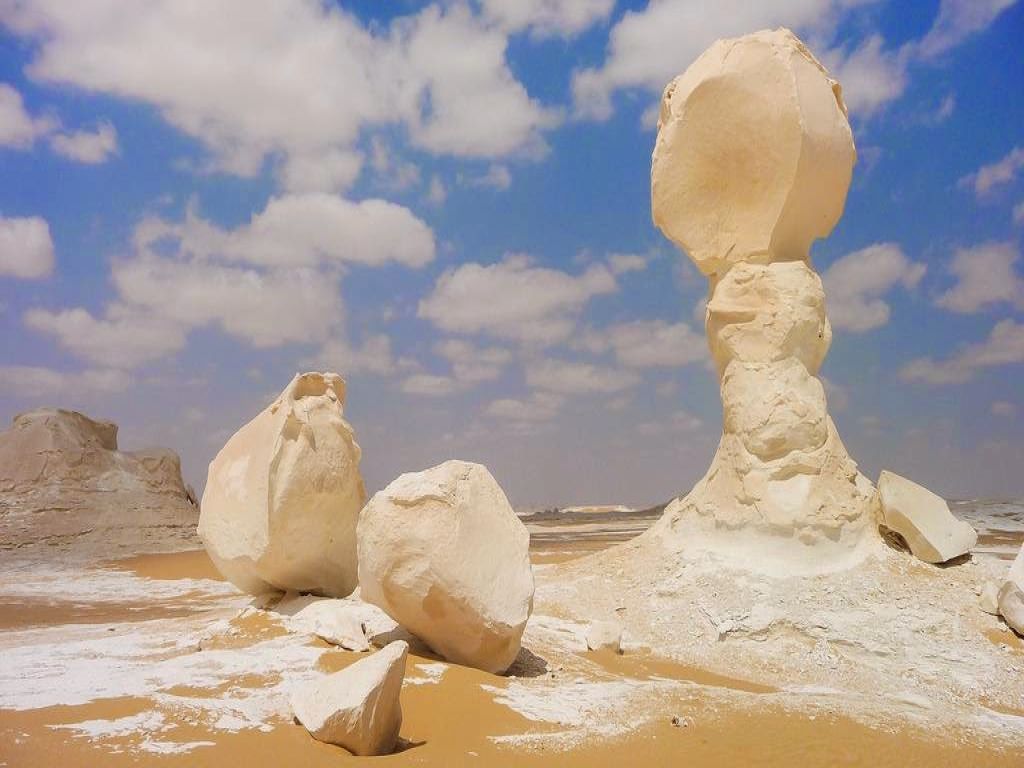Fayum Oasis
One of the adventures that you should not miss when you visit Egypt; a unique place offering an exclusive combination of nature, culture and activities! Fayum is tremendously rich with many archeological sites. Holding many Pyramids like ‘Hawara” ,”Pyramids of Meidum” & Pyramids of “Lahun” along with many monuments dating back to the Pharaohs, Coptic and Islamic eras “Qasr Qarun”, “Obelisk of Senusert”.
Housing the famed lake “Lake Qarun”, which is becoming a targeted place for many tourists visiting Egypt for hunting, water skiing and much more. The home of the natural protectorates of “Wadi El Rayan” and “Wadi Hytan”; you will never lack activities as you can enjoy bird watching, hiking, trekking, sand-boarding and fishing.
One of the not to be missed visits is “Tunis Village” or the pottery village, you can watch and even learn how to make pottery! In addition to the standard hotels at Fayum Oasis you will find many comforting eco-lodges that you can stay at like “Kom El Dikka” & Lazib Inn Resort” and more…

